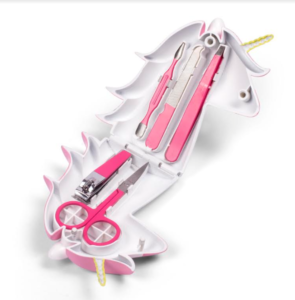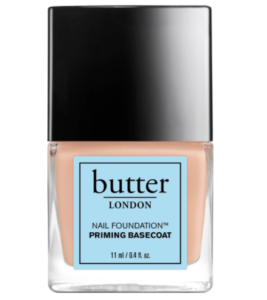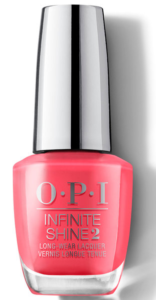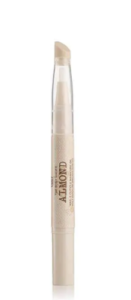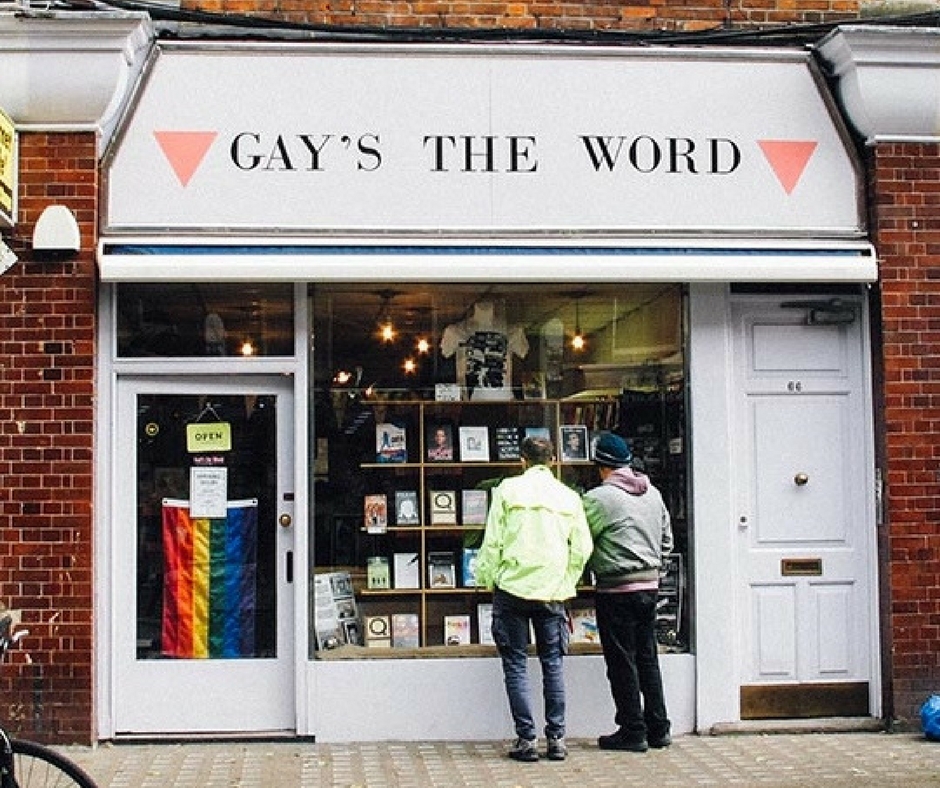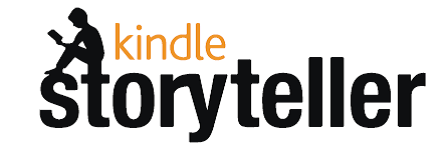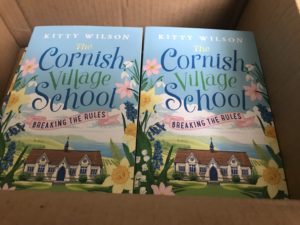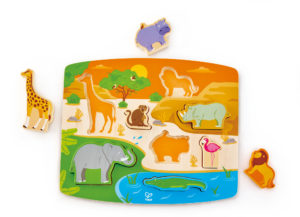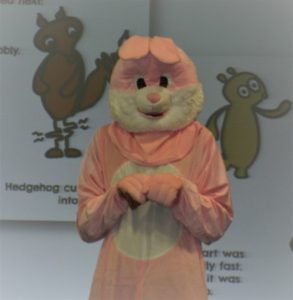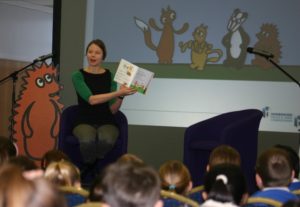Kitty.
I finished Circe by Madeline Miller this month and I cannot do justice to how much I loved it. The story of Circe, a woman locked in by her divinity whilst also dealing with the very female roles of mother, daughter, sister and lover. This retelling made Circe much more accessible and empathetic than the male-centric version that I grew up with. Full of self-discovery, courage and empowerment it turns the myth of vicious witch into a story of a true heroine. I loved it so much that having read it once I am going to store it, like a secret treasure, for a re-read in a few months so I can wallow in it slowly and feel the magic again.
I’m also reading Lionel Shriver’s Property, a collection of short stories. I very rarely read short stories and have such a marmite reaction to Shriver’s novels (sometimes I adore her, others not so much – I am, however, always in awe) that I wanted to read these. As ever, her writing is taut, crisp and twisty with each story leaving me admiring her incisive skill and her insight into the reality of the human condition. Sometimes unnerving, sometimes a little bleak but razor-sharp. Quite remarkable.
Kirsten.
It’s been non-fiction for me this month. I am researching London during World War One for a possible upcoming WIP and I stumbled across A Home Front Diary by Lillie Scales. Lillie lived in Hornsey and ‘she wrote about everything that came to mind … the result is an intimate and honest portrayal of day to day like for a middle-class family’. It’s fascinating – from the difficulty of getting food and the introduction of rationing, to the fear of the ever-increasing bombing raids. It’s all much more as I imagined the Second World War – sheltering from bombs in the Underground Stations and such like. I have also been reading Round About A Pound A Week by Maud Pember Reeves which concerns itself with the other end of the social scale. To quote the preface ‘for four years between 1909 and 1915, Maud Pember Reeves and other members of the Fabian Women’s Group visited 42 families in and around Lambeth-Walk to record in minute detail exactly how they survived on their low incomes.’ Reading about their daily struggle to survive makes absolutely fascinating – yet sober and harrowing – reading. It’s also so uplifting to read about the cheerful and loving homes that many women created in the midst of appalling poverty and depravation. Inspirational and humbling!
Cass.
In Stolen Sister, the latest release from Linda Huber, the contrasting actions of two people many years earlier result in repercussions no one could have imagined.
When young parents, Paula and Joe, head off to a reunion with their barely days old daughter, they have no idea of the tragedy about to befall them. Their two older children, Vicky and Jamie (who suffers from disabilities and needs constant care), were to be cared for by Paula’s aunt, Maisie – just for a couple of days, or so it was assumed.
The tragedy has a far-reaching impact, with both Aunt Maisie and the young couple’s friend, Sylvie (also at the reunion) making decisions in a moment of crisis that will haunt them for the rest of their lives.
With siblings torn apart without their knowledge, a ‘mother’ who seems intent on history repeating itself and a race against time to protect a child, Linda Huber has crafted an excellent, gripping family drama!

